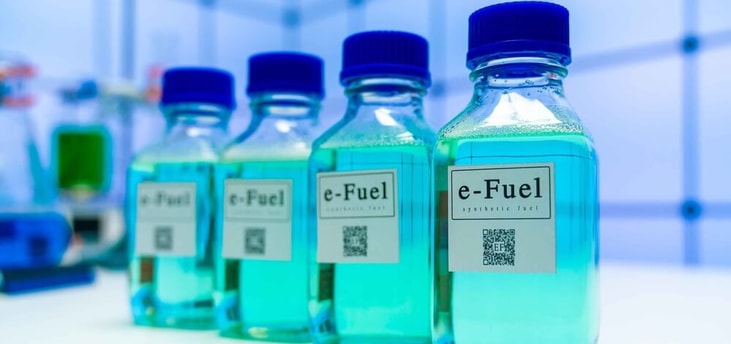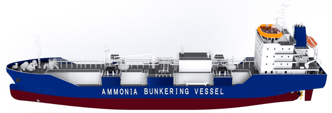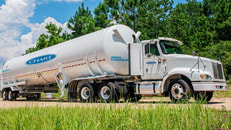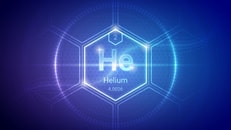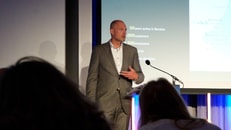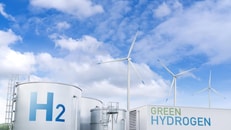‘Hidden heroes’ of e-fuels production
Produced by combining hydrogen with carbon dioxide (CO2), electrofuels, or e-fuels, are rapidly becoming a key contender in decarbonising the transport sector, particularly in areas where electrification is challenging.
They can be used in internal combustion engines, providing a clean alternative to conventional fossil fuels. In the broadest sense, the term e-fuel includes electrolytic green hydrogen and one of its derivatives, green ammonia. But what of the lesser-known e-fuel technologies?
“I want to draw attention to some of the ‘hidden heroes’ of electrofuels production,” said Stephen Harrison, founder of sbh4 Consulting during gasworld’s ‘E-Fuels and Synthetic Fuels’ webinar. “Technologies that are likely to play a major role, but that do not seem to get the same attention as electrolysis.”
... to continue reading you must be subscribed

